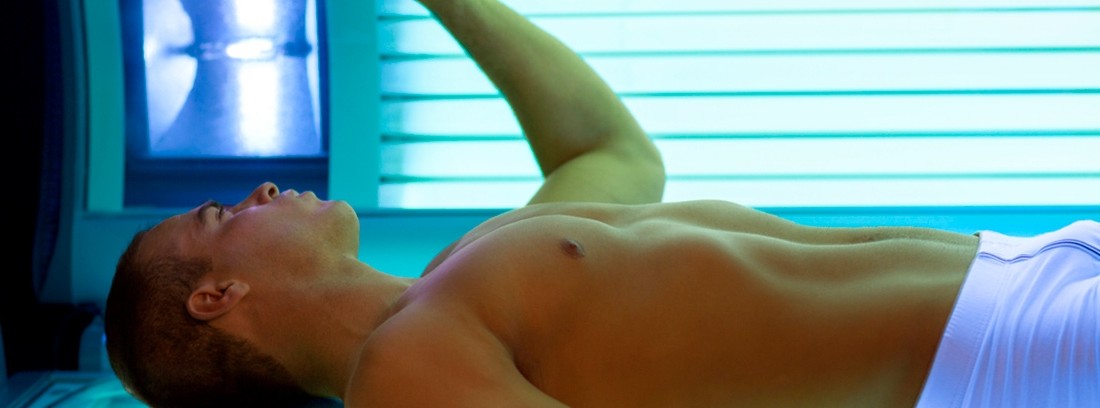Tanning booths: recommendations to avoid problems

The use of tanning booths is not advisable, It is the opinion of the experts and what the studies carried out so far have concluded, given the problems it can cause for the skin: the appearance of skin tumors or premature aging. These problems are accentuated especially when it is performed in young people and with times of prolonged and repeated exposures.
On the other hand, although there is a current regulations in this regard that must be complied with and self-tanning centers must strictly comply with a series of regulations and safety measures, non-compliance with the regulations is frequent. This means that the devices are less safe and the repercussions on the health of older users. Therefore, it is recommended to opt for self-tanning products instead of going to a UV cabin.
1. Exposure time and skin phototype
The exposure time in a tanning booth will vary from one person to another depending on their phototype or skin type. If these recommended times are exceeded, you are exposed to risk of burns:
- Phototype I zero minutes
- Phototype II 10 minutes
- Phototype III 15 minutes
- Phototype IV or more 20 minutes
In addition, exposures must be sufficiently spaced and not complemented by solar exposures.
What people should not use tanning booths?
- Under 18 years, since the skin at those ages is especially sensitive and the damage caused is greater.
- If you have a large number of nevi (freckles).
- In skin with phototype I and II.
- People with skin diseases, especially if they have premalignant skin lesions (atypical or multiple moles).
- If you continue treatment with medication that increases sensitivity to the sun (photosensitivity reactions).
- History of frequent sunburn in childhood.
- Family history of
2. Before the exhibition
- The skin must be clean and there must be no traces of perfumes, cosmetics or makeup.
- Do not wear jewelry or metal objects.
- Always wear protective glasses and do not take them off under any circumstances.
- Do not enter the tanning booth with contact lenses.
- Allow 48 hours between the first two exposures.
- Avoid cabins if you are taking medications that increase skin sensitivity (photosensitizers), as undesirable skin reactions can occur.
3. After the exhibition
- Hydrate the skin well.
- Do not expose yourself to the sun afterwards.
- In the event of any lesion on the skin (such as redness, blisters or wounds) after one or several sessions of UVA rays, future planned sessions should be automatically suspended until consulting a dermatologist.
Obligations of tanning centers
- Ensure that the cabins are checked every 6 months by an authorized entity.
- Prepare a file for each of the users of the center with the specific recommendations, sessions received and the type of exposure of the total dose received.
- Disinfection of all the facilities used after each user's use.
- Provide a brochure with the main protection tips.
- Provide the customer with a document reporting risks of misuse and protection measures to be adopted, for your signature and approval.
- Have available to the user safety glasses adequate.
- Have a first aid kit.
- Indicate the skin phototype and depending on it, adjust the time and frequency of the exhibitions.
- Be equipped with sinks, changing rooms and showers in adequate numbers for the number of tanning devices, with hot / cold drinking water, soap dispenser and electric hand dryer or single-use towels.
- Have official complaint forms available to users.
Dra. Eva Ormaechea Alegre Intensive Medicine Specialist Advance Medical Consultant Physician
(Updated at Apr 13 / 2024)